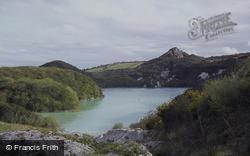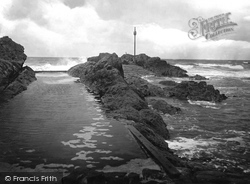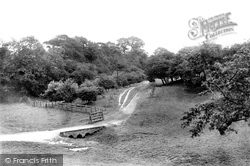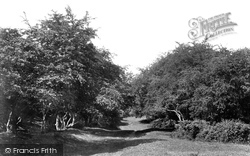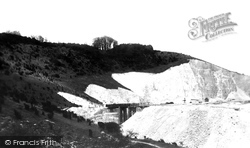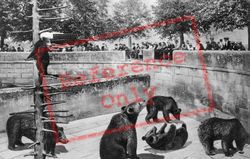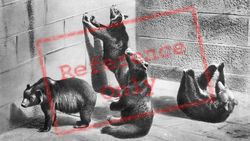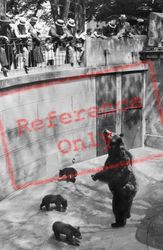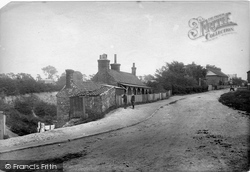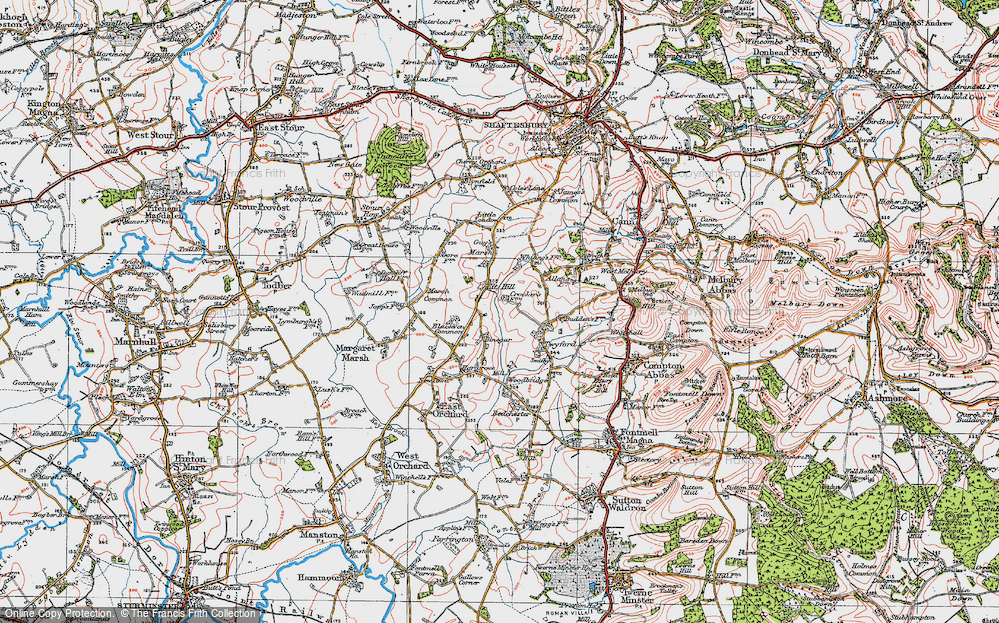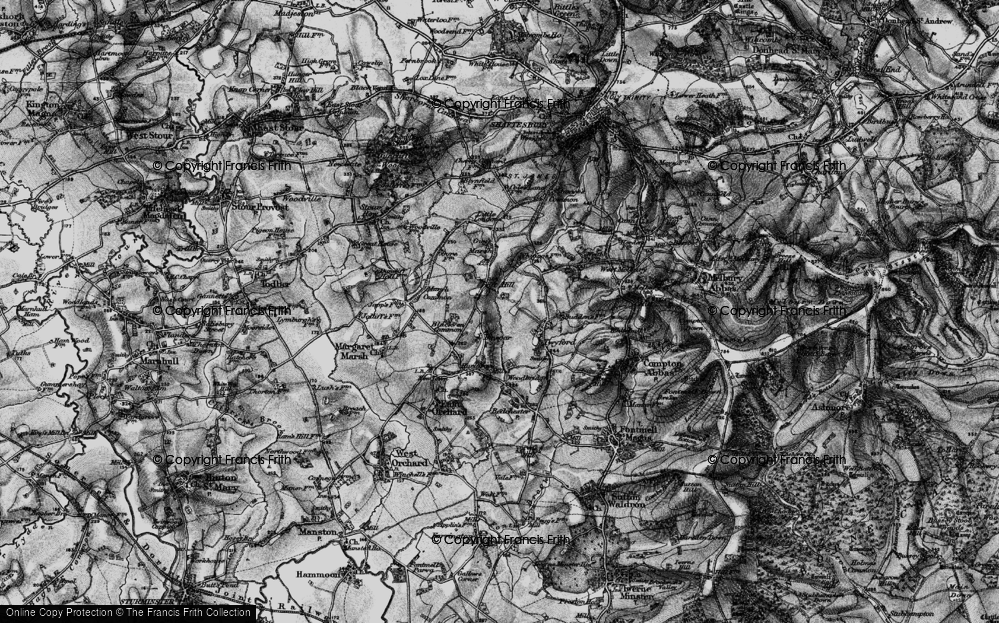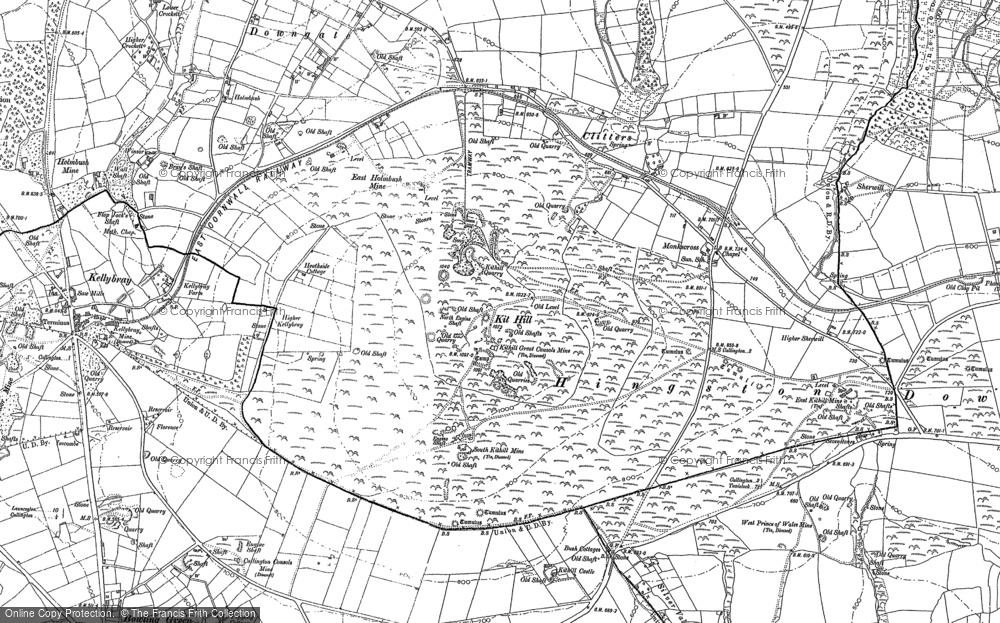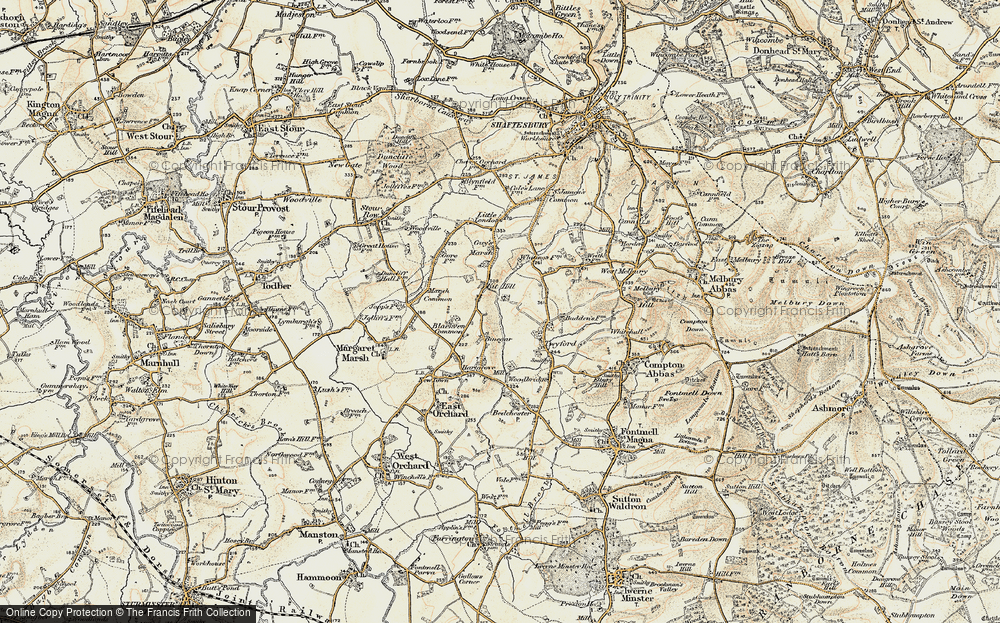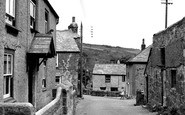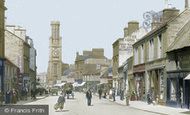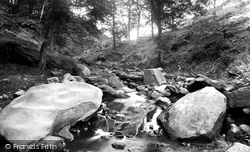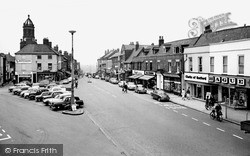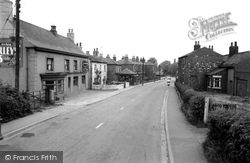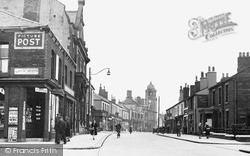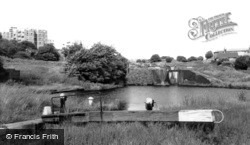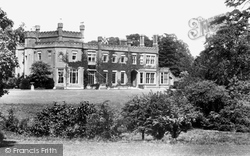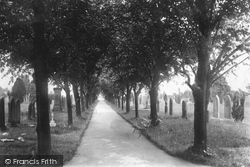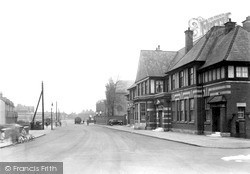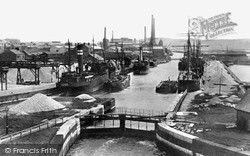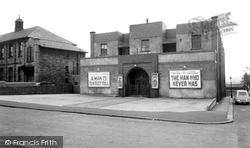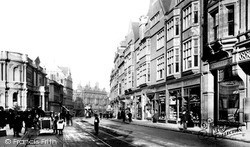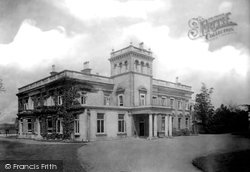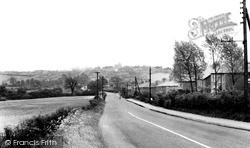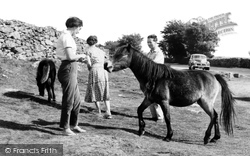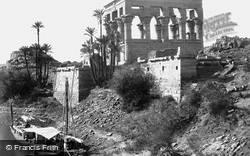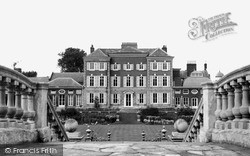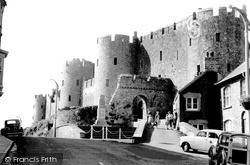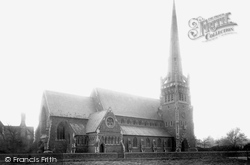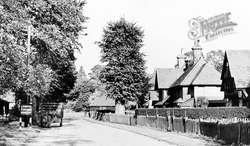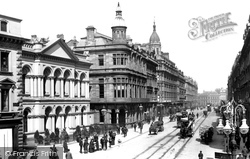Places
15 places found.
Those places high-lighted have photos. All locations may have maps, books and memories.
- Pit, Gwent
- Talke Pits, Staffordshire
- Tunnel Pits, Humberside
- Bedwellty Pits, Gwent
- Fenton Pits, Cornwall
- Slay Pits, Yorkshire
- Tre-pit, South Glamorgan
- Bailey Pit, Gwent
- Gore Pit, Essex
- Moss Pit, Staffordshire
- Red Pits, Norfolk
- White Pit, Lincolnshire
- Even Pits, Hereford & Worcester
- Forest Coal Pit, Gwent
- Michaelston-le-Pit, South Glamorgan
Photos
89 photos found. Showing results 81 to 89.
Maps
84 maps found.
Books
Sorry, no books were found that related to your search.
Memories
866 memories found. Showing results 41 to 50.
Happy Times
I lived at 25 Oliver Street through the 40's, 50s, and early 60's when I left for University. My grandparents lived at 23 Henry Street. My memories of a childhood in Hopkinstown are all good. The mountain, the Western field and the ...Read more
A memory of Hopkinstown by
Happy Days
Walking from Poets Estate, Blyth, across the fields, crossing the railway lines and then through the Bebside pit yard to see my big brother, David, who lived on Front Street, Bebside, day or night time but felt safe doing so, not like it is nowadays.
A memory of Bebside in 1962 by
Happy Childhood In Shotton Colliery
I lived in Dene Street, went to infant school in Queen St. Had a great time playing in the Dene, also going behind the pit with my dad, training our greyhound which raced at Wheatley Hill Stadium. My ...Read more
A memory of Shotton Colliery in 1947 by
Growing Up In Kelloholm 1959 1969
I was born to Janette (maiden name Fowler) and Charlie Ross in 1959 and lived at 13 Main Street and then 15 Guffock Road. My granny and grandad were Isabel and William Fowler(aka 'Slip Fowler' the bookie!). I ...Read more
A memory of Kelloholm by
Growing Up In Weaverham
I was brought up in Weaverham. We had lots of fun in Hazel Wood. I lived at 8 Meadow Road. I spent hours in the wood watching birds build their nests and watching wild life. We used to go to Owley Wood - there was an ...Read more
A memory of Weaverham in 1953 by
Goonamarth/Blackberry Row
I use to live at Goonamarth until the 60"s my mother lived there until houses were pulled down,we went to Carthew school which involved a good 3 mile walk,we used to walk pass Greensplat steam engine house that was still ...Read more
A memory of Polgooth in 1940 by
Good Fun With Pal Danny
I used to visit my pal Danny Parker during the school holidays,his family moved to thornley from rossmere way .Hartlepool when we were in Rossmere junior school I recall the little house 8 Galt street with back yard and ...Read more
A memory of Thornley in 1960 by
Friends And Family
I lived in Annathill and Marnoch, my family name was Cairns - they all lived in Marnoch. My dad, Dennis Cairns worked in the pit, the Mullens were my cousins, Uncle Scudger and Auntie Ella, Agnes, Yvonne, Andrew and Allan. ...Read more
A memory of Glenboig by
Evacuees
Hi Fellow Evacuee! My mother and 6 brothers and sisters were evacuated to Gilfach Goch from South London. I was aged 7 when we first arrived. We were separated into different families. I stayed with my mum, at Mrs John, who we all ...Read more
A memory of Gilfach Goch in 1940 by
Early Teens In Drongan
On tv at last, school bus, with a clippie, snowed in, couldn't get from Drongan to Cumnock Academy, should have been a good day off, but had to walk through loads of snow from Coalhall to Drongan, no thermals in those days! Old ...Read more
A memory of Ayr in 1964 by
Captions
118 captions found. Showing results 97 to 120.
This stream, the Lode Pit Beck, flows off the moor into the Aire at Shipley. A former drovers' track took trade over the hills to Ilkley and Otley.
The prosperous Georgian feel of the town originates with the presence of the castle and with its role as a market town and agricultural centre.
Also in that period massive pits surrounded Altofts, and the Church of St Mary Magdalene (1890) has a window memorial to the 32 men and boys (and 53 horses) killed in the explosion at the West Riding
On the northern edge of the Wigan coalfield, local pits once provided employment for over 2000 miners, but by the late 1940s the mines were just a memory.
The reasoning behind the construction of the Dudley and Stourbridge Canals was for the transportation of coal from pits around Dudley to the glass works at Stourbridge, and for the export of coals
The reasoning behind the construction of the Dudley and Stourbridge Canals was for the transportation of coal from pits around Dudley to the glass works at Stourbridge, and for the export of coals
It stands further east and closer to Cheam village than the original palace.
Burials were forbidden within the town, and a plague pit was opened at the southern end of Millgate near the bridge over the Devon.
The small village based around the manor of Rossington was enlarged to its west side once coal reserves had been found.
Runcorn was also a coal port, handling traffic from Lancashire and Staffordshire pits.
Cudworth was never a pit village, although it is surrounded by collieries at Monk Bretton (opened in 1870), Carlton (1879), Grimethorpe (1897), Frickley (1905) and Ferrymoor (1917).
Bilston had a lock-making industry of sorts in the 16th century but it remained fairly static; along with Pontypool, Bilston was an early centre for japanning—the copying of Japanese goods by English
After the Great War, it was used as a sanatorium for TB sufferers; it closed in the 1970s, when it was converted to private residences.
Kippax Colliery near Owl Wood flourished between 1858 and 1904, but it was the nearby pits of Allerton Bywater (1875-1992) and Ledston Luck (1909-1987) that transformed the village into the town
Dartmoor was plundered for its mineral wealth. In the south, huge pits were dug for china clay, an industry that continues today, and all over the moor granite was quarried for building stone.
Epsom Downs with its close-cropped turf and easy access from London was the place for it.
This pitted Protestants against Catholics, Parliamentarians against Royalists.
Poyer and Laugharne capitulated, but not before the traitor was caught and poetically buried in the water pit.
If we return briefly to the beginning of the 19th century, Sutton again made history when the body of Mary Ashford, aged 20, was found brutally murdered - drowned in a marl-pit in Penns Lane.
As Reading expanded south, St Giles', decaying and small, proved unable to cope, and Christchurch was built in 1861-2. It
Beyond, a timber structure can be seen in the front garden of No 1. It was for many years the village post office.
There was already the beginnings of a route in one very old narrow street, but all signs of Hercules Street were to disappear, along with its 40 fleshers and their killing yards.
Places (15)
Photos (89)
Memories (866)
Books (0)
Maps (84)


